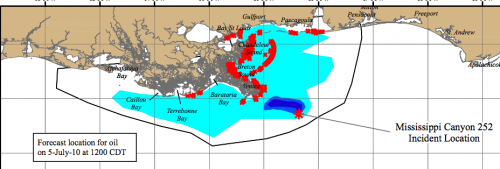
We previously posted Annie Leonard’s breakthrough video, The Story of Stuff, and a follow up, The Story of Bottled Water. Kraig H. sent along another by Leonard on how cap and trade will not stop climate change:
Lisa Wade, PhD is an Associate Professor at Tulane University. She is the author of American Hookup, a book about college sexual culture; a textbook about gender; and a forthcoming introductory text: Terrible Magnificent Sociology. You can follow her on Twitter and Instagram.


















